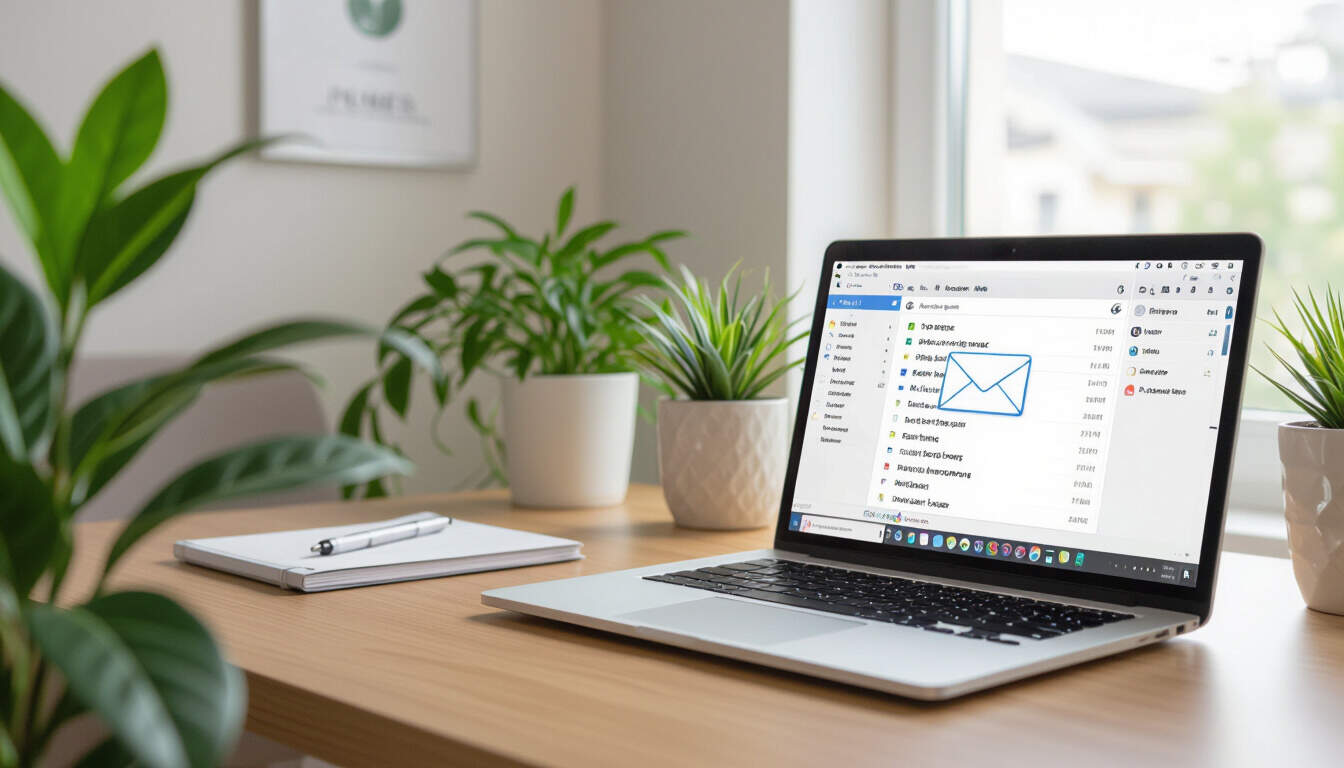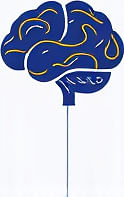Email Filters as a Productivity Tool for ADHD in Remote Work
 by Thaddeus Blanda
by Thaddeus Blanda
Discover how email filters can simplify inbox management for adults with ADHD, reducing overwhelm and boosting focus in remote settings. This article provides practical advice on setup and integration with daily routines for better work-life balance.

Remote work offers flexibility, but for adults with ADHD, handling emails can create challenges. Constant notifications and cluttered inboxes often lead to distraction and stress. Email filters provide a practical way to organize communications, making it easier to stay on track.
The Basics of Email Filters
Email filters automatically sort incoming messages based on rules you set. For example, you might direct newsletters to a specific folder or flag urgent emails from colleagues. This approach helps reduce the visual clutter that can overwhelm someone with ADHD.
In practice, email filters work by checking for keywords, sender addresses, or subject lines. Once configured, they run in the background, ensuring your inbox stays tidy without constant manual effort. Many popular email services like Gmail offer built-in options for this.
Benefits for ADHD
For individuals with ADHD, maintaining focus is key to productivity. ADHD symptoms such as difficulty with organization can make email management feel impossible. By using filters, you can minimize the time spent sifting through messages, allowing more energy for important tasks.
One advantage is the reduction in cognitive load. Instead of scanning every email, you can prioritize what matters most. This leads to better work-life balance, as less time is wasted on unimportant details. Filters also help create routines, which can be supportive for neurodivergent adults seeking structure in their day.
Consider a scenario where work emails from your team are automatically labeled and moved to a dedicated folder. This simple step can prevent the anxiety that comes from a overflowing inbox, letting you address items at a set time.
Setting Up Email Filters: Step-by-Step
Getting started with email filters is straightforward. Begin by accessing your email settings. In Gmail, for instance, go to the settings menu and select the filters tab.
First, create a new filter by specifying criteria such as the sender's email address. If you receive frequent updates from a project manager, set a rule to archive or label those messages. Next, decide the action: options include deleting, marking as read, or moving to a folder.
Here are some tips in a list for effective setup:
- Start with one or two rules to avoid confusion.
- Use broad categories like "work" or "personal" for initial organization.
- Test filters with a few emails to ensure they work as intended.
- Regularly review and adjust rules based on your changing needs.
This process empowers you to take control, turning a potential stressor into a helpful ally.
Integrating Filters into Daily Routines
Once filters are in place, think about how they fit into your overall workflow. For adults with ADHD, combining filters with other strategies can enhance results. For instance, set specific times to check emails, such as mid-morning and late afternoon, to maintain focus during peak work hours.
Tools like calendar apps can complement this by sending reminders for email reviews. This creates a predictable pattern, reducing the impulsivity that often accompanies ADHD.
Another idea is to use color-coding for folders. Visual cues can make it easier to spot priorities at a glance, supporting better decision-making without added pressure.
Overcoming Common Challenges
Not everything goes smoothly at first. Sometimes filters might misclassify emails, leading to missed messages. If this happens, take a moment to refine your rules rather than giving up.
Patience is important; adjustments may be needed as your remote work patterns evolve. Remember, it's okay to seek support from colleagues or online communities for additional ideas.
By addressing these issues early, you can build confidence in managing your digital space.
Beyond Email: Building a Supportive Environment
While email filters are a great start, consider other remote work hacks for neurodiversity. Simple changes like using noise-cancelling headphones or breaking tasks into smaller steps can work alongside filters to improve overall productivity.
The goal is to foster an environment that supports your unique needs, promoting a sense of accomplishment and balance.
In closing, incorporating email filters into your routine can be a valuable step toward managing ADHD in remote work. With consistent use, you'll likely find more space for what truly matters, both professionally and personally.
